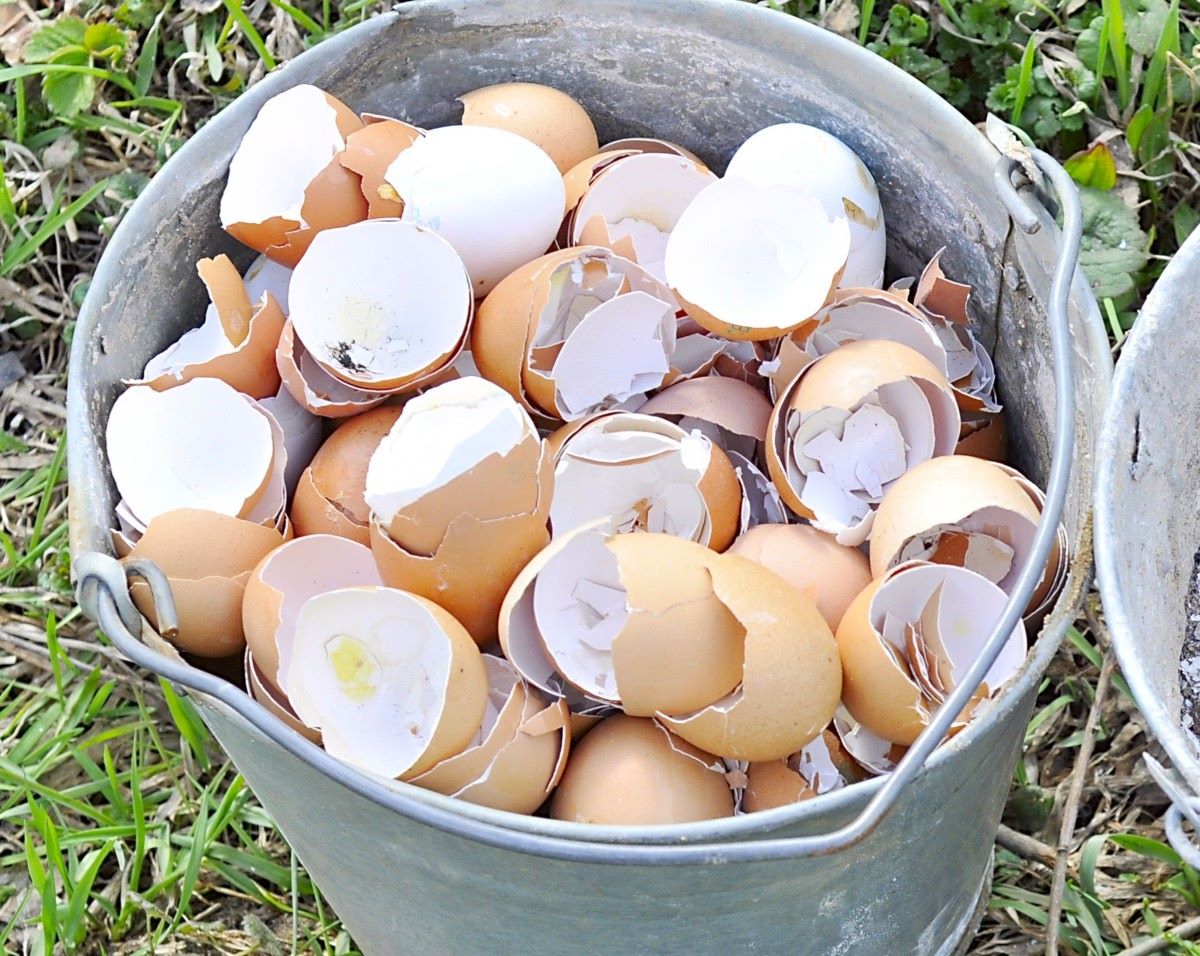

Articles
How To Store Egg Shells For Garden
Modified: February 26, 2024
Learn how to store egg shells for your garden with our helpful articles. Discover the benefits of using egg shells in your soil to promote healthy plant growth.
(Many of the links in this article redirect to a specific reviewed product. Your purchase of these products through affiliate links helps to generate commission for Storables.com, at no extra cost. Learn more)
Introduction
Welcome to the wonderful world of gardening! If you’re an avid gardener or someone who simply enjoys growing plants, you’re probably always on the lookout for natural and sustainable ways to enhance your garden’s health and productivity. One such method is using egg shells as a valuable resource for your garden.
Egg shells are not only abundant but also packed with essential nutrients that can benefit your plants. By recycling something you would normally discard, you can give your garden a boost without relying on chemical fertilizers or expensive amendments. In this article, we will explore the various benefits of using egg shells in the garden, along with practical tips for storing and applying them effectively.
So, let’s crack open the secrets to using egg shells in your garden and discover how these seemingly simple shells can have a big impact on the health and vitality of your plants!
Key Takeaways:
- Egg shells are a versatile and natural resource for gardening, providing essential nutrients, deterring pests, and improving soil structure. Proper preparation, storage, and application can maximize their benefits for your plants.
- By incorporating egg shells into your gardening routine, you can harness their nutrient benefits, deter pests, and improve the overall health of your plants. Remember to handle them with care and observe your plants’ responses for optimal results.
Read more: How To Store Egg Shells
Benefits of Using Egg Shells in the Garden
Egg shells are a fantastic addition to your garden for several reasons. Here are some of the key benefits:
- Nutrient-rich soil amendment: Egg shells are primarily composed of calcium carbonate, which is an excellent source of calcium for plants. Calcium is essential for their growth and development, as it aids in cell formation and strengthens cell walls. Additionally, egg shells contain other essential minerals like magnesium and potassium, which promote healthy root growth and overall plant vigor.
- Pest deterrent: Crushed egg shells can act as a natural deterrent for pests. The sharp edges of the crushed shells can create a barrier that keeps slugs, snails, and other soft-bodied insects away from your plants. This is particularly useful for protecting delicate seedlings or vulnerable plants.
- Soil structure improvement: Egg shells can help improve the structure and drainage of your soil. When incorporated into the soil, the shells break down over time, creating air pockets and improving water penetration. This allows the roots to access nutrients and moisture more easily, leading to healthier and more productive plants.
- Acid-loving plant support: Some plants, such as tomatoes, roses, and peppers, thrive in slightly acidic soil conditions. Egg shells can help to raise the pH level of the soil, making it more favorable for such acid-loving plants. The calcium carbonate in the shells acts as a natural liming agent, neutralizing acidity and creating a more balanced growing environment.
- Composting enhancement: Egg shells are a valuable addition to your compost pile. They decompose relatively quickly, adding calcium and other essential minerals to the compost. This helps to enrich the compost and contribute to nutrient-rich soil for future use in your garden.
By utilizing egg shells in your garden, you can provide vital nutrients, deter pests, improve soil structure, and create a healthier growing environment for your plants. Now that we understand the benefits, let’s learn how to properly prepare and store egg shells!
Preparing Egg Shells for Storage
Before you can store egg shells for use in your garden, it’s important to properly prepare them. Here are the steps to follow:
- Clean and remove any residual egg: After cracking your eggs, rinse the shell under cool running water to remove any remaining egg white or yolk. Take care not to break the shell during this process.
- Allow the shells to dry: Place the rinsed egg shells on a clean surface, such as a paper towel or a baking sheet. Let them air dry completely. This usually takes a day or two, depending on the humidity levels in your area.
- Crush the egg shells: Once the shells are dry, you can crush them using various methods, as we will discuss later in the article. Crushing the shells into smaller pieces or powder-like consistency makes them easier to store and apply in the garden.
Remember, it’s important to handle the egg shells gently and avoid excessive pressure to prevent them from shattering into small, sharp fragments. Safety should always be a priority while handling any gardening materials.
Now that your egg shells are properly prepared, let’s move on to the next step: storing them correctly.
Storing Egg Shells Properly
Storing egg shells correctly is essential to maintain their quality and prevent them from spoiling. Here are some tips to help you store your egg shells properly:
- Ensure they are fully dry: Before storing, make sure the crushed egg shells are completely dry. Moisture can lead to mold or bacterial growth, which can spoil the shells and render them unusable. If needed, leave them out for a little longer to ensure they are thoroughly dried.
- Use airtight containers: Store the crushed egg shells in airtight containers to protect them from moisture and pests. Glass jars or plastic resealable bags work well for this purpose. Make sure the containers are clean and dry before adding the shells.
- Label the containers: To avoid confusion, label the containers with the date and a brief description of the contents. This will help you keep track of the freshness of the egg shells and ensure you use the oldest ones first.
- Store in a cool and dry place: Find a cool and dry spot for storing your egg shells. Ideally, a pantry or cupboard away from direct sunlight and excessive heat is a good choice. It’s important to maintain a stable temperature to prevent moisture buildup inside the containers.
By following these storage guidelines, you can preserve the quality and effectiveness of the egg shells for an extended period. Now that you know how to store them properly, let’s explore the different methods for crushing egg shells.
Crush eggshells and store them in a dry place to use as a natural fertilizer in the garden. They provide calcium to the soil and help deter pests.
Methods for Crushing Egg Shells
Crushing egg shells into smaller pieces or powder-like consistency allows for easier application in the garden. Here are a few methods you can use to crush egg shells:
- Manual crushing: One of the simplest methods is to crush the egg shells manually. You can do this by placing the dried shells in a clean bag or wrapping them in a cloth. Use a rolling pin, wooden mallet, or even the bottom of a heavy pan to gently crush the shells until they reach the desired consistency.
- Blender or food processor: Another convenient option is to use a blender or food processor. Simply add the dried egg shells to the blender or food processor and blend them on a low setting until they become finely ground. Take care not to blend them for too long, as they may become too powdery and difficult to handle.
- Pestle and mortar: If you enjoy a more hands-on approach, you can use a pestle and mortar to crush the egg shells. Place the dried shells in the mortar and use the pestle to grind them into the desired consistency. This method allows for greater control over the crushing process and can be quite satisfying!
- Coffee grinder: For a quick and efficient method, you can use a clean coffee grinder specifically dedicated to grinding egg shells. Add the dried shells to the grinder and pulse the machine until you achieve the desired texture. Be sure to clean the grinder thoroughly before and after each use.
Choose the method that works best for you based on the tools you have available and your personal preference. Once the egg shells are crushed, you are ready to apply them in your garden. Let’s delve into the various ways you can utilize egg shells for the benefit of your plants.
Read more: How To Store Shelled Hard Boiled Eggs
Applying Egg Shells in the Garden
Now that you have crushed your egg shells and stored them properly, it’s time to put them to use in your garden. Here are some effective ways to apply egg shells:
- Add them to your compost pile: Egg shells are a valuable addition to your compost. Simply toss the crushed shells into your compost bin or pile. As they decompose, they will release calcium and other essential minerals into the compost, enriching it with nutrients that can benefit your plants.
- Directly apply to the soil: You can spread the crushed egg shells directly in your garden bed or around individual plants. This is especially beneficial for plants that require calcium, such as tomatoes and peppers. Gently sprinkle the crushed shells around the base of the plants, taking care not to cover the stems or foliage.
- Create a natural pest barrier: If you’re dealing with pests like slugs or snails, create a barrier by forming a ring of crushed egg shells around vulnerable plants. The sharp edges of the shells act as a deterrent, preventing these pests from crawling over and causing damage to your plants.
- Add to potting mix: When preparing potting mix for your container plants, consider adding crushed egg shells. This will provide a source of calcium and other minerals for the plants as they grow, promoting healthy root development and overall vitality.
- Brew eggshell tea: For a quick calcium-rich liquid fertilizer, you can make eggshell tea by soaking crushed egg shells in water. Simply place the shells in a container filled with water and let it sit for a few days. The water will absorb the minerals from the shells, creating a nutrient-rich liquid that can be poured directly onto your plants.
Remember to adjust the amount of crushed egg shells based on the specific needs of your plants, as some may require more calcium than others. Additionally, it’s important to monitor the plant’s response to the egg shells and make adjustments accordingly.
By incorporating egg shells into your gardening routine, you can harness their nutrient benefits, deter pests, and improve the overall health of your plants. Now that you have the knowledge and tools, it’s time to get out there and make your garden flourish!
Conclusion
Using egg shells in your garden is a simple and cost-effective way to provide essential nutrients, deter pests, and improve soil health. From the preparation and proper storage of egg shells to their application in the garden, you now have a comprehensive understanding of how to make the most out of this natural resource.
Egg shells offer numerous benefits, such as being a nutrient-rich soil amendment, a natural pest deterrent, and a means to improve soil structure. By including them in your compost pile, directly applying them to the soil, creating pest barriers, adding them to potting mixes, or brewing eggshell tea, you can witness the positive impact they have on the health and productivity of your plants.
Remember to handle the egg shells with care, ensuring they are thoroughly cleaned, dried, and properly crushed before storage. Store them in airtight containers in a cool, dry place to maintain their quality and effectiveness. Label the containers and use the oldest egg shells first to ensure freshness.
As with any gardening practice, it’s important to observe your plants and make adjustments based on their needs and responses. Every garden is unique, so monitor the effectiveness of egg shells in your specific growing conditions and adjust the application rate accordingly.
By utilizing egg shells in your garden, you are not only reducing waste and being environmentally conscious but also giving your plants the natural boost they need to thrive. So, go ahead and start collecting and crushing those egg shells, and watch your garden flourish with health and vitality!
Frequently Asked Questions about How To Store Egg Shells For Garden
Was this page helpful?
At Storables.com, we guarantee accurate and reliable information. Our content, validated by Expert Board Contributors, is crafted following stringent Editorial Policies. We're committed to providing you with well-researched, expert-backed insights for all your informational needs.
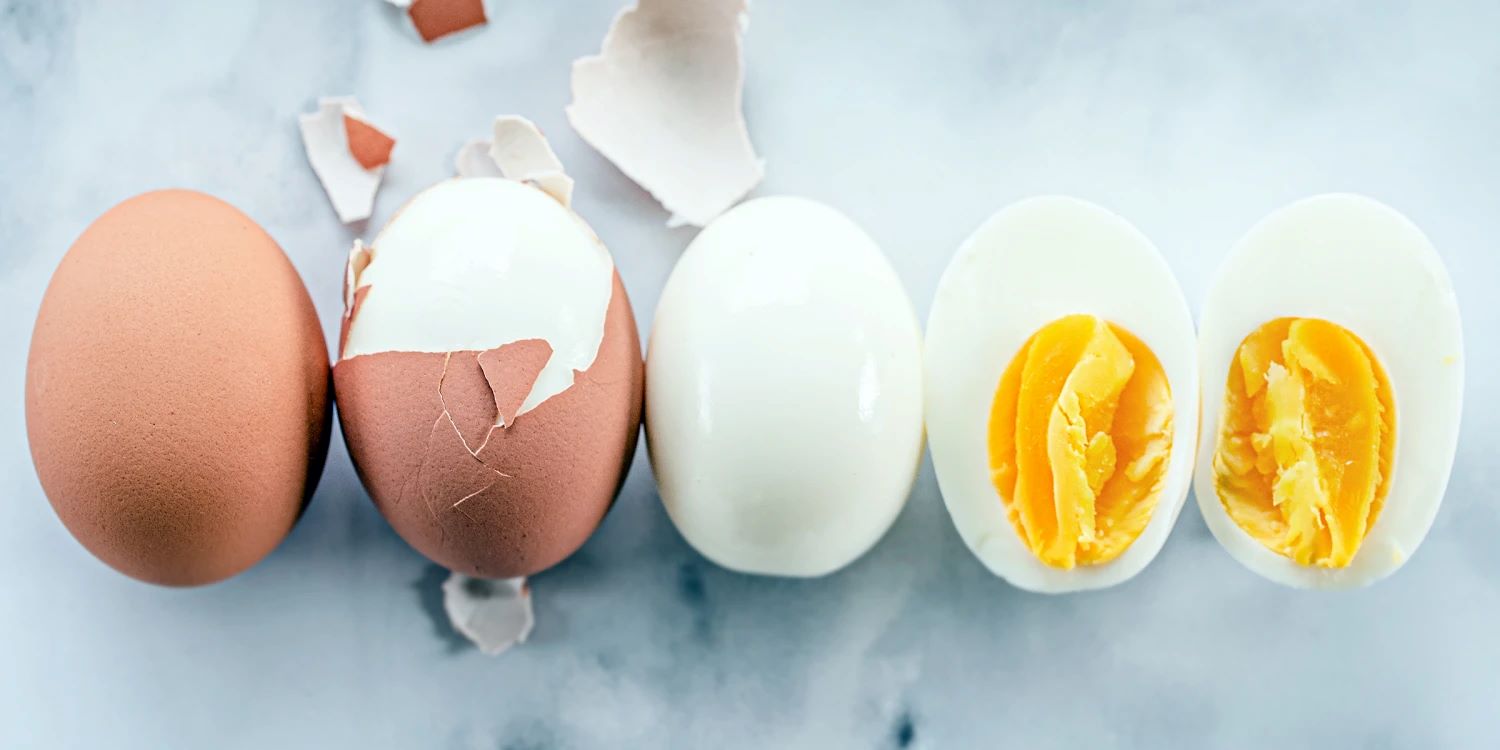
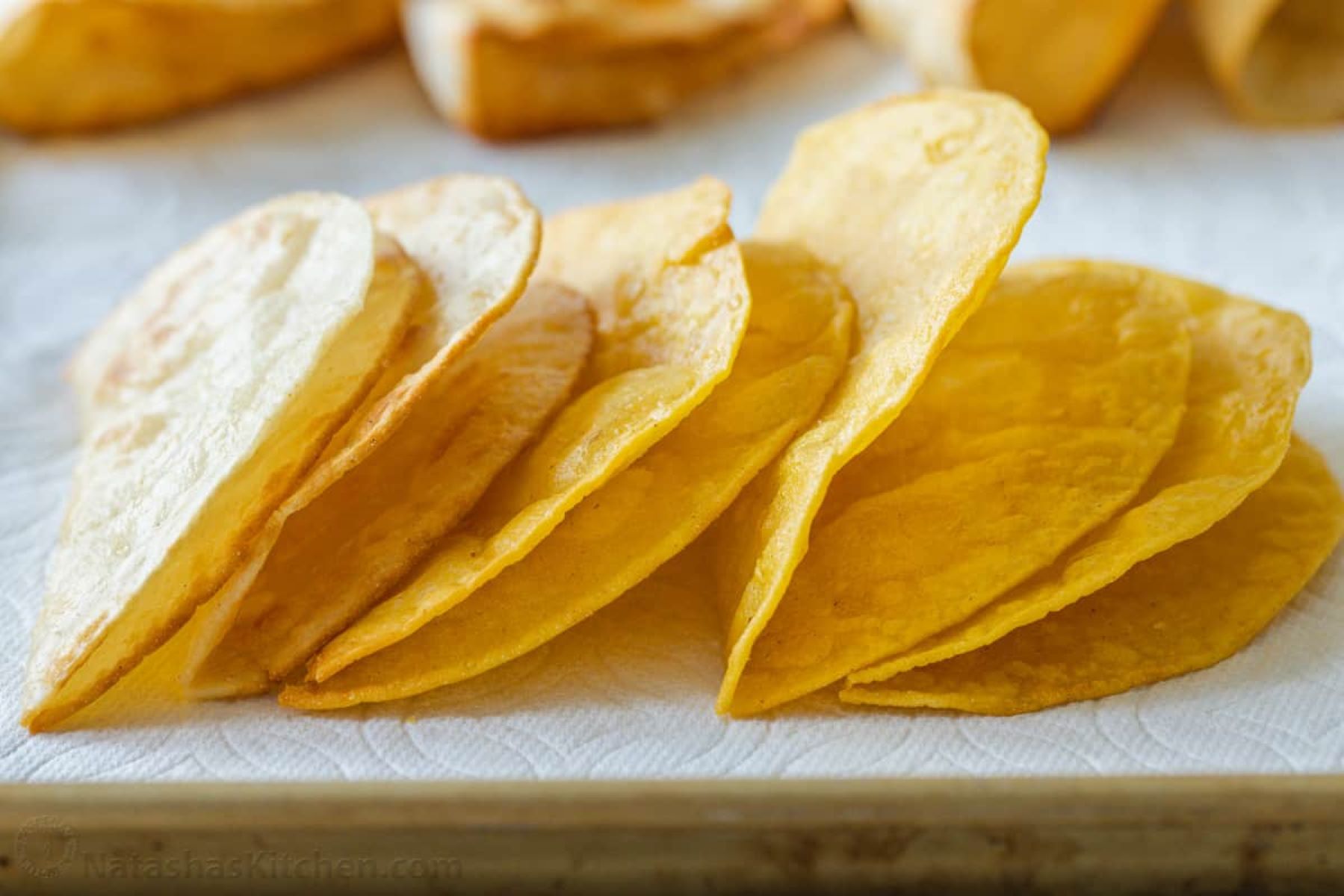
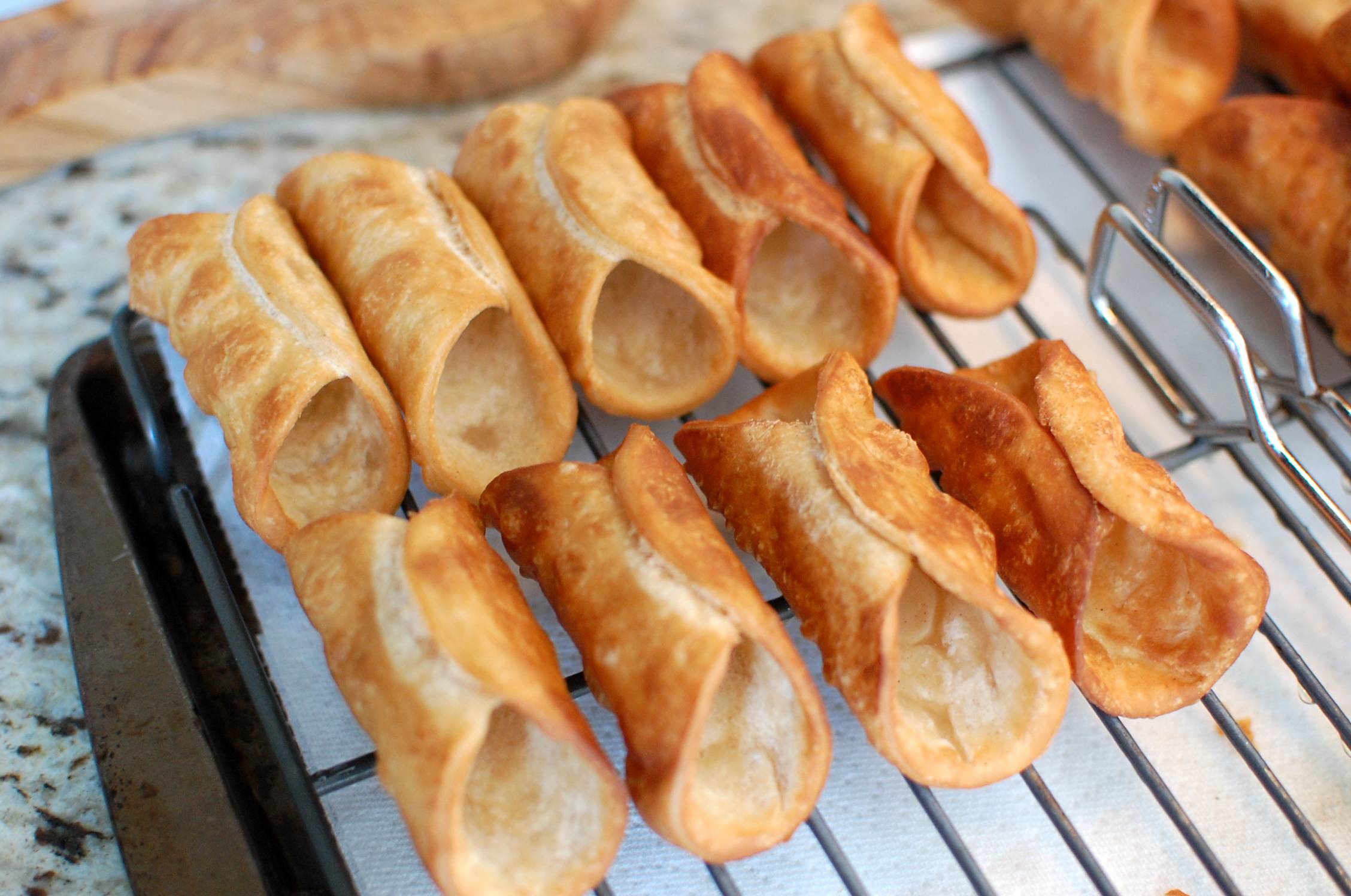
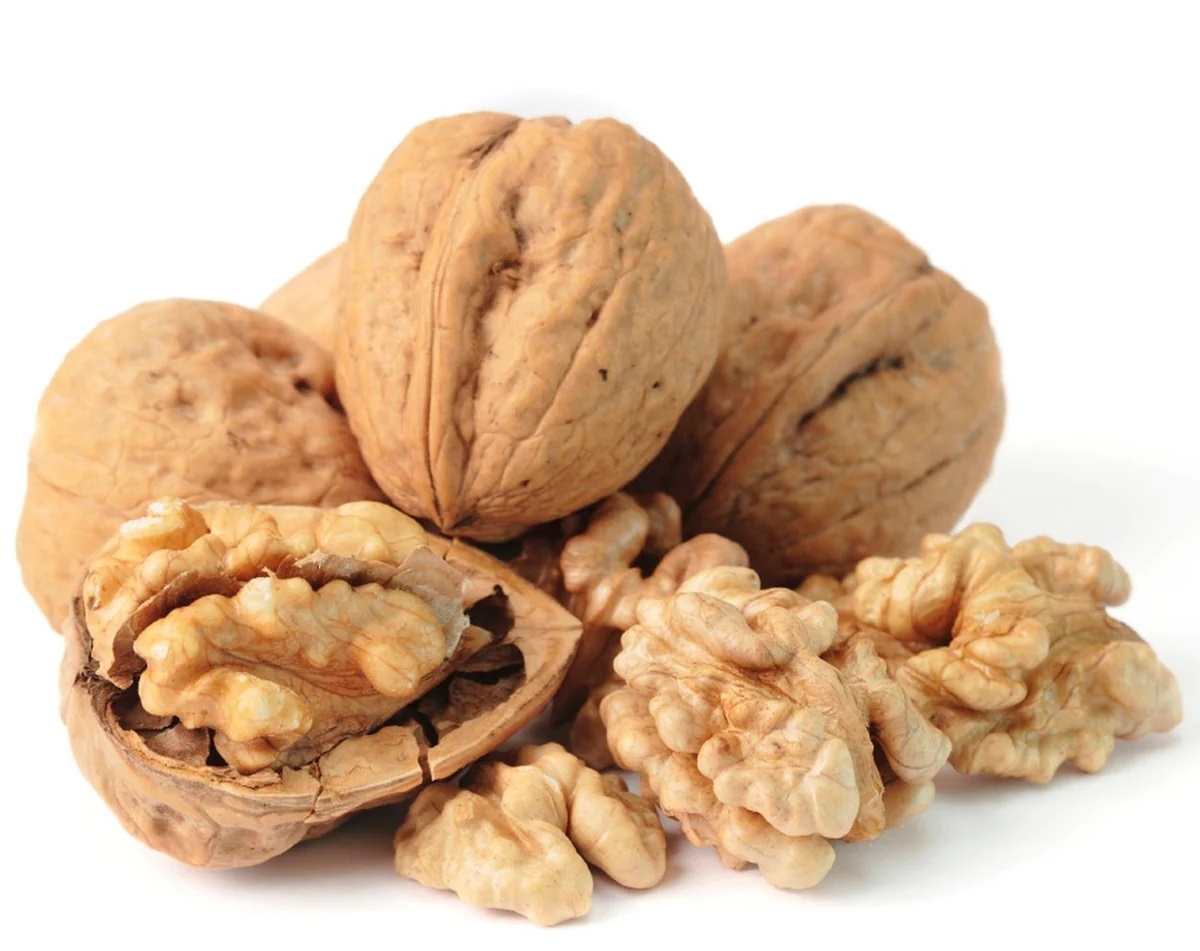
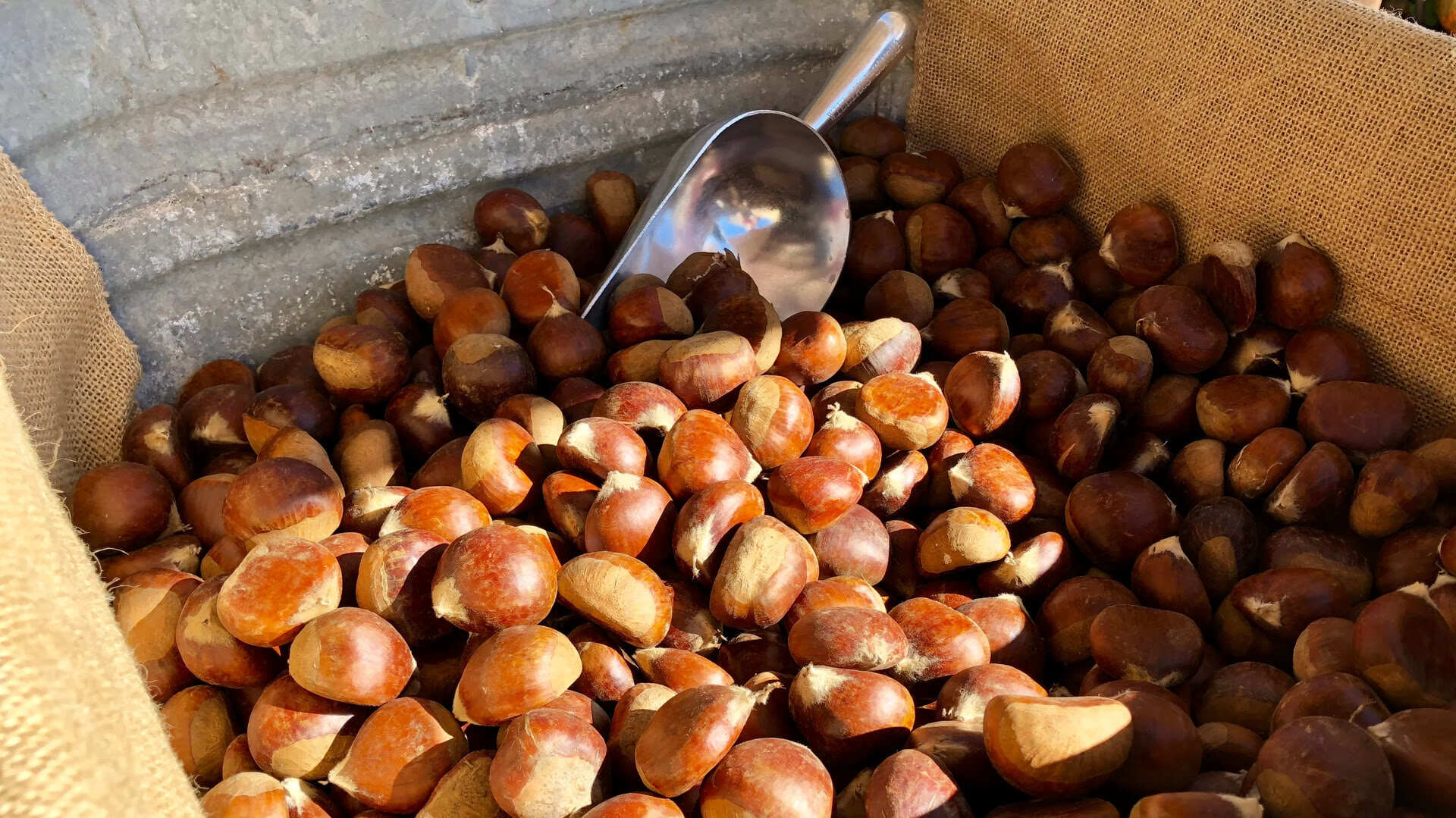
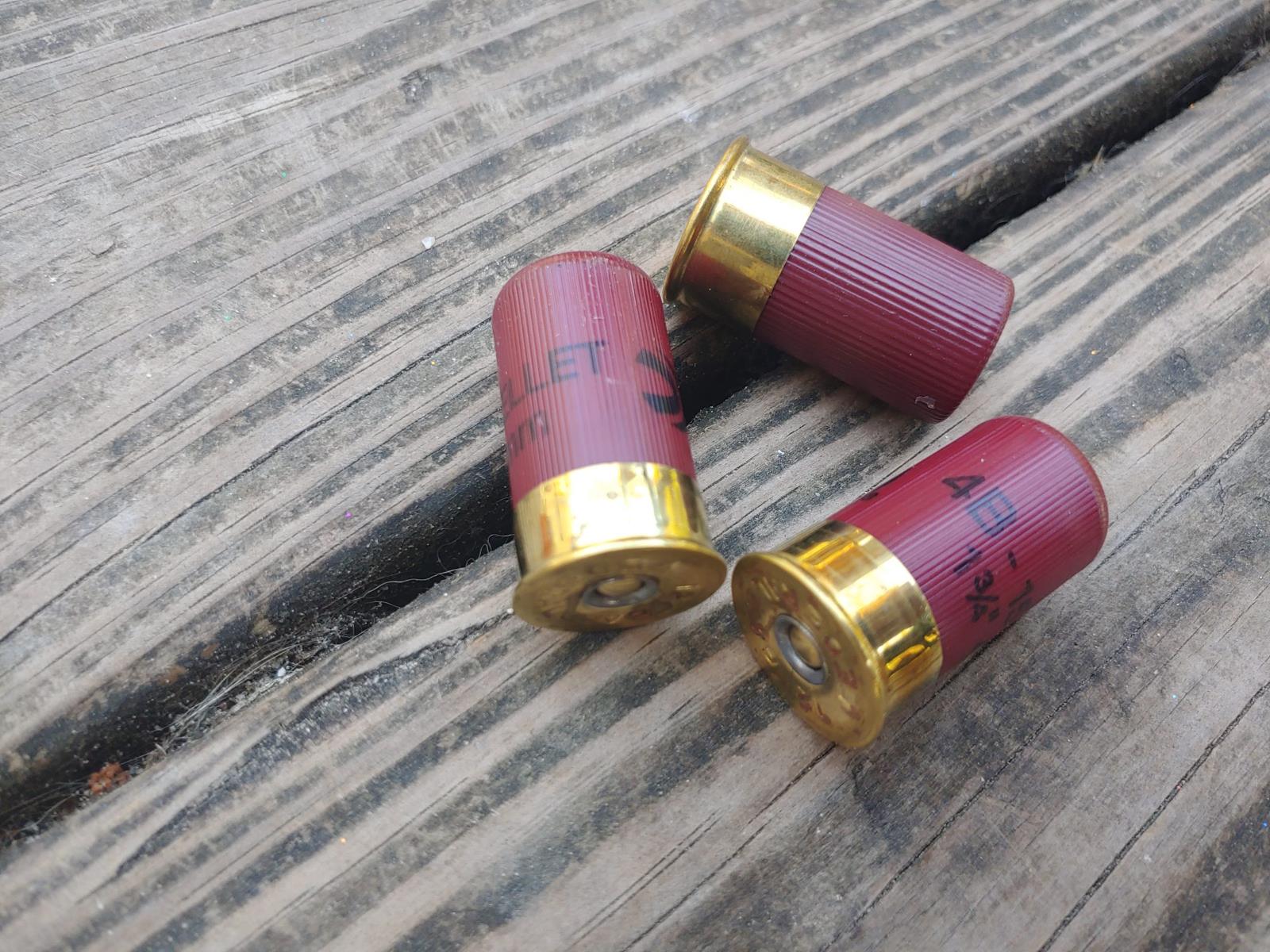
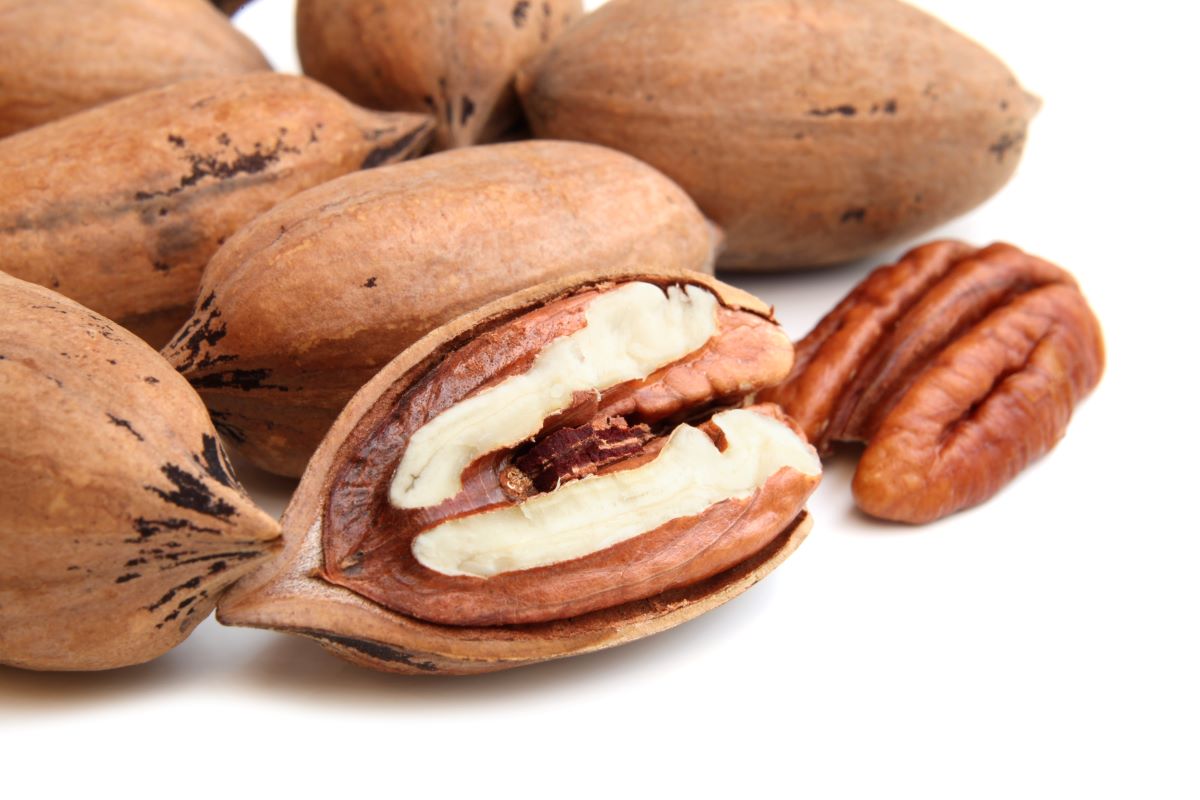
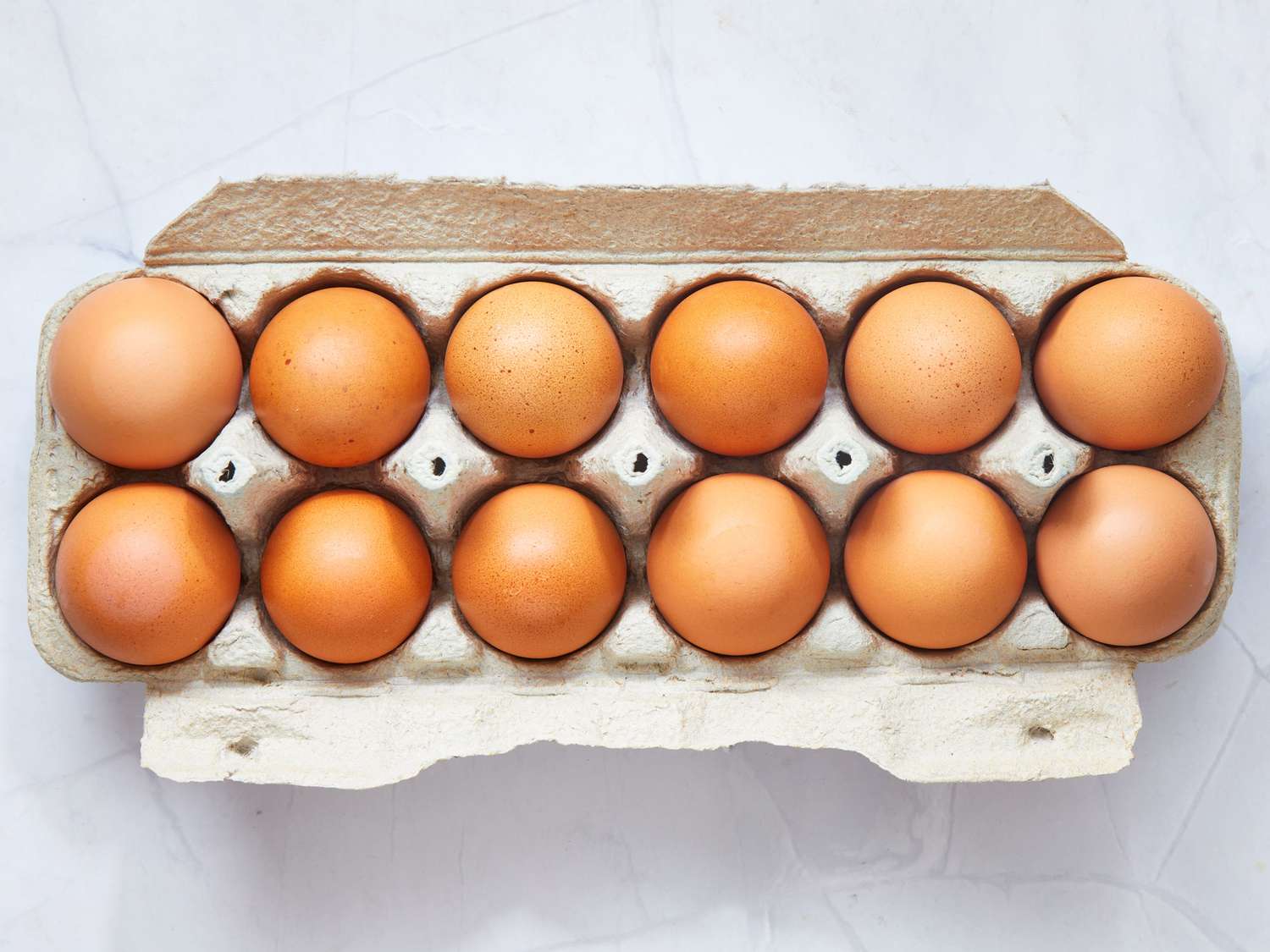
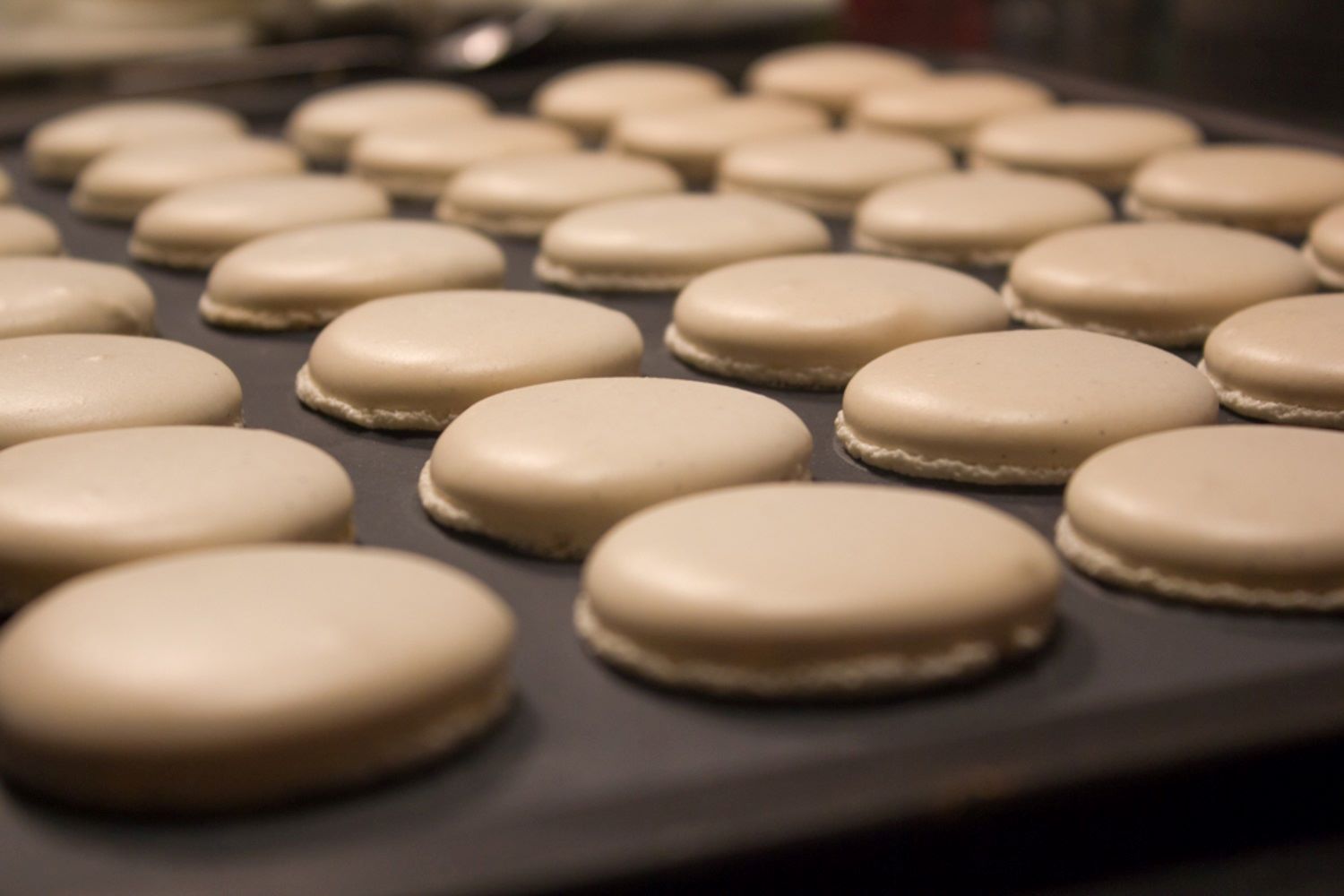
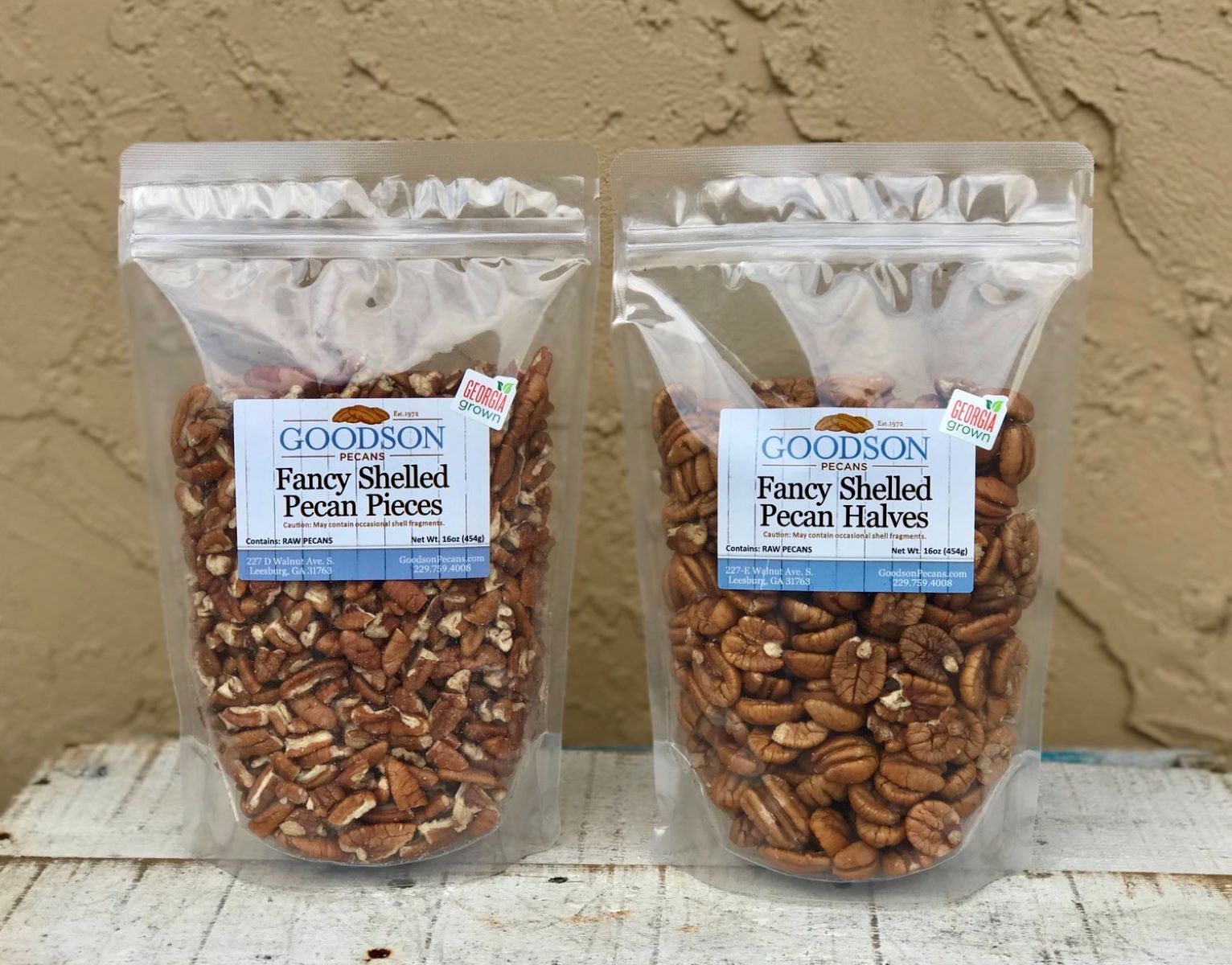
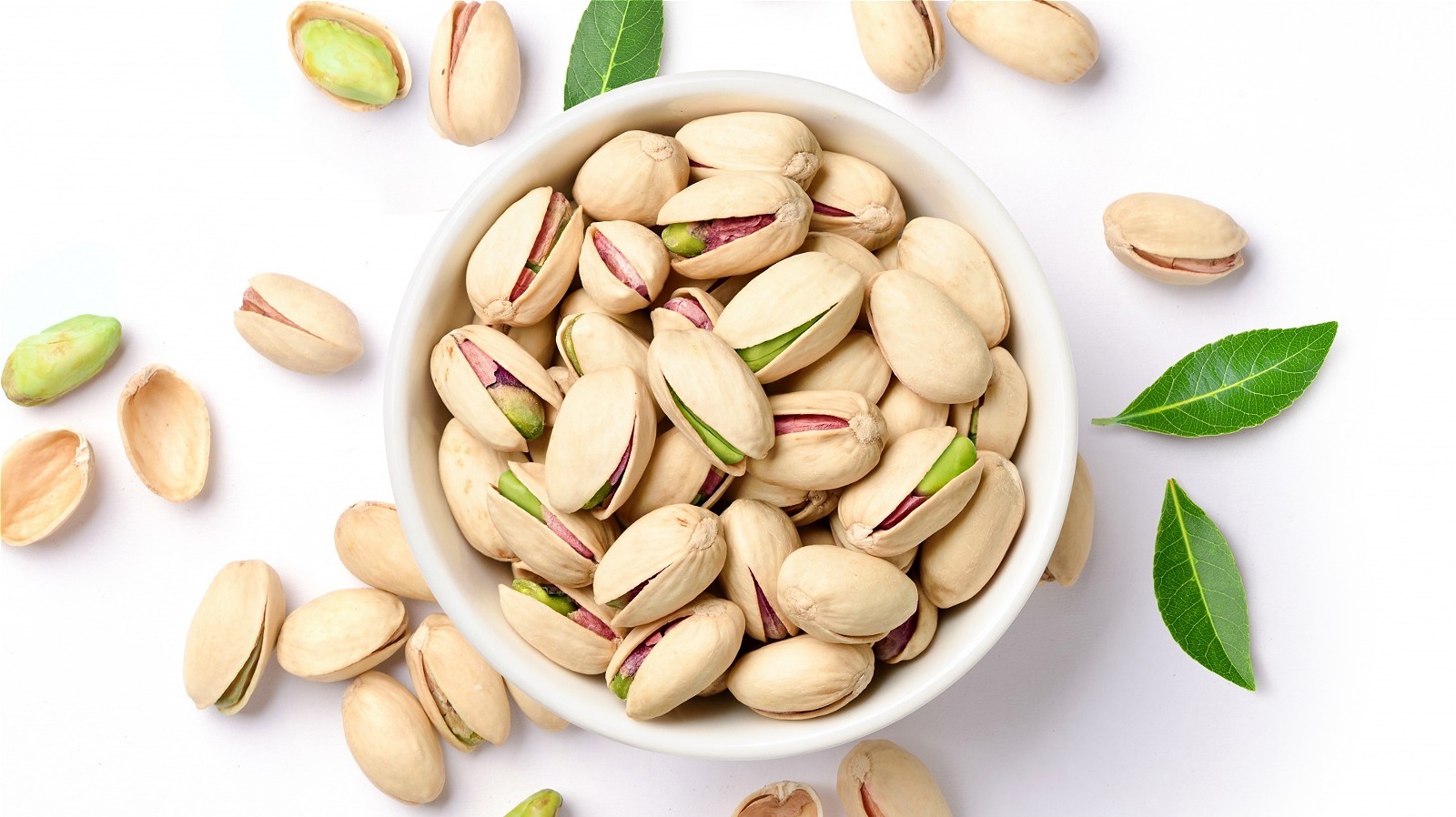
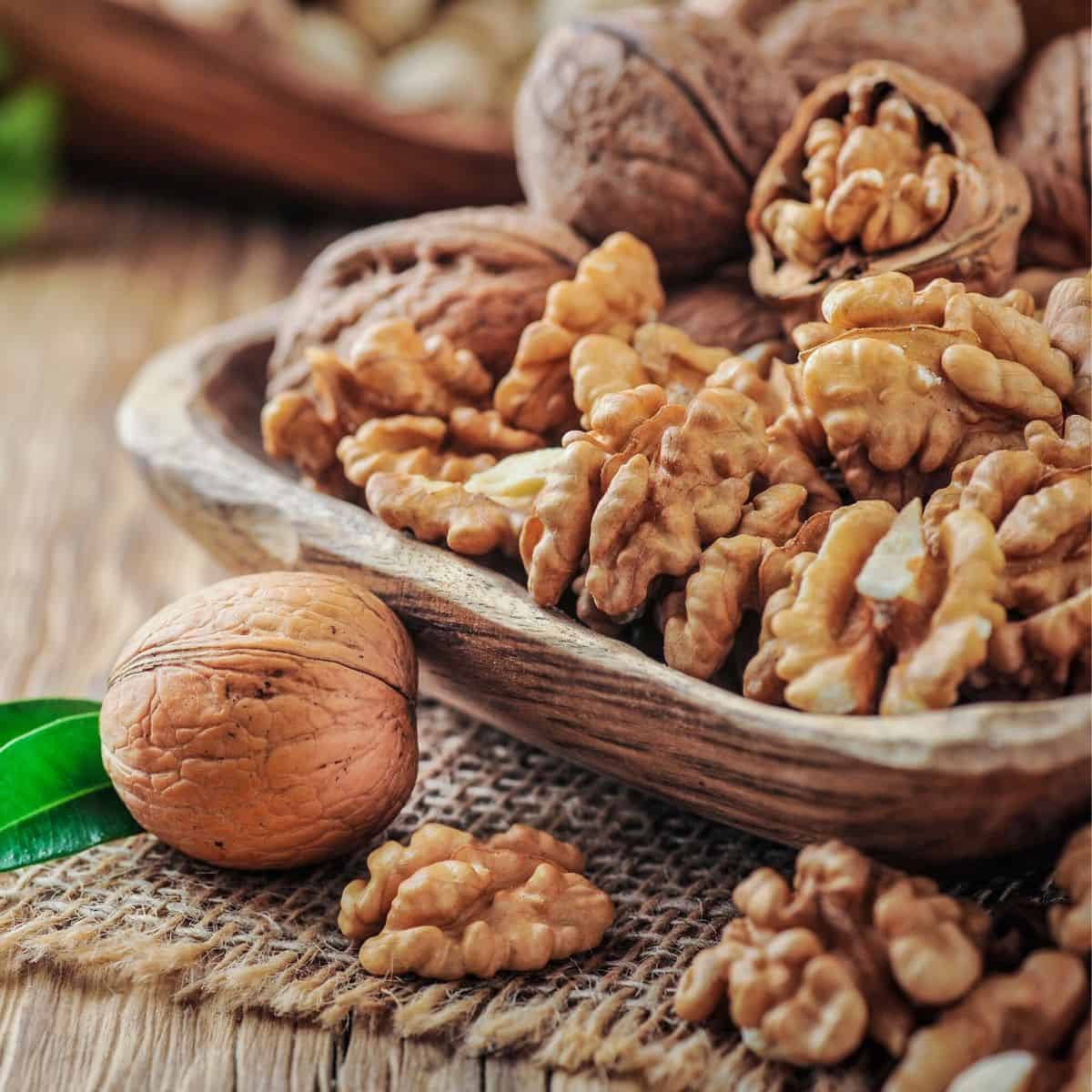
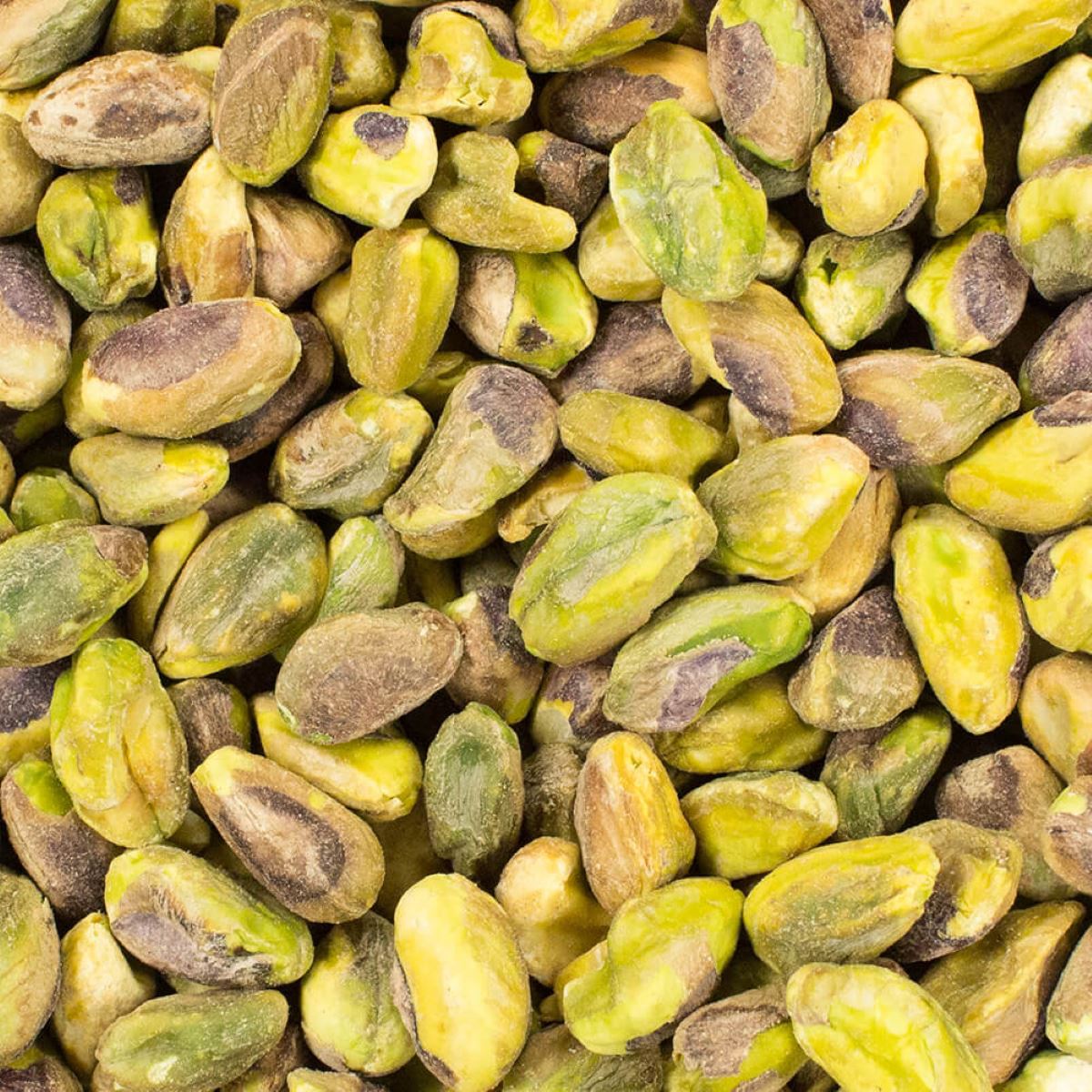
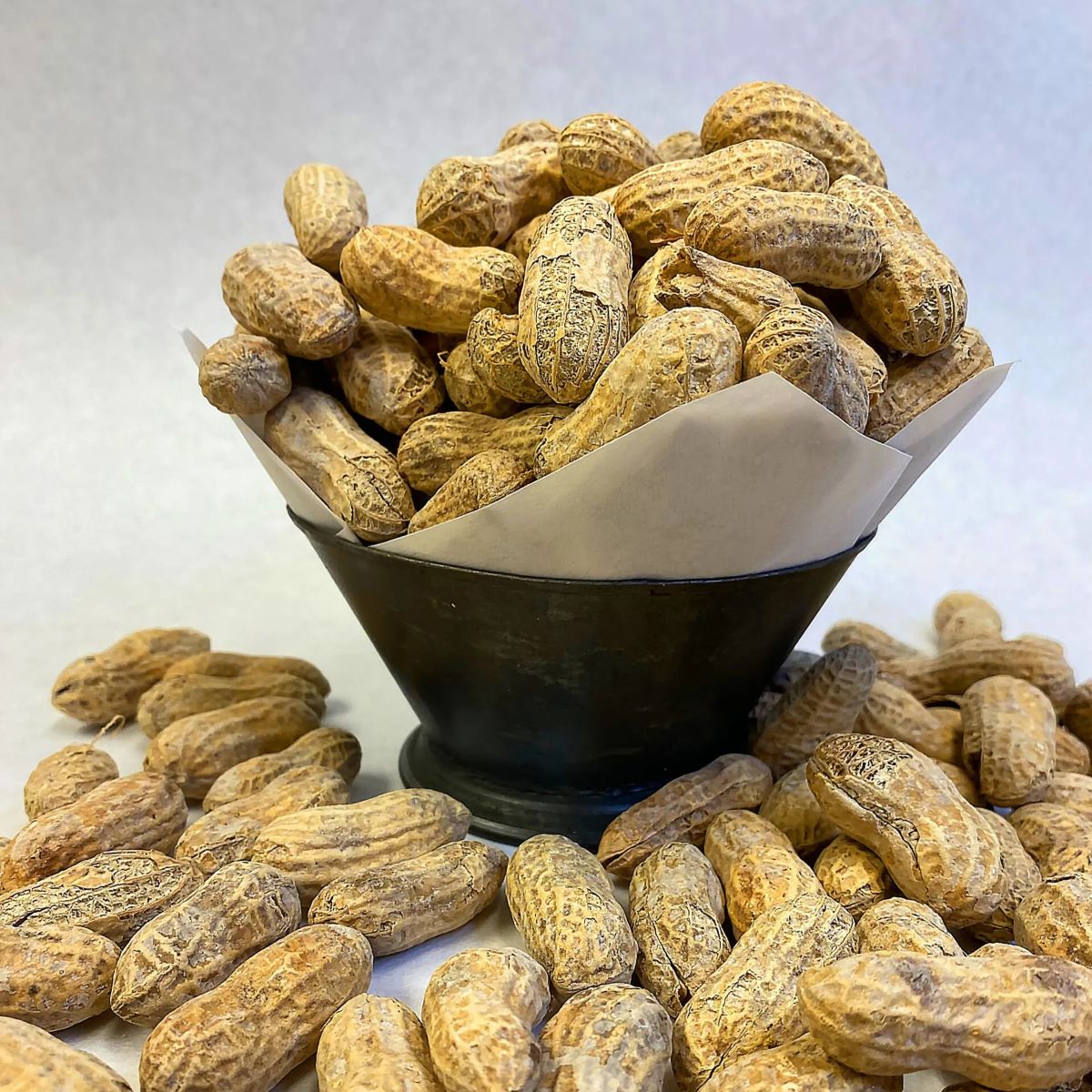

0 thoughts on “How To Store Egg Shells For Garden”